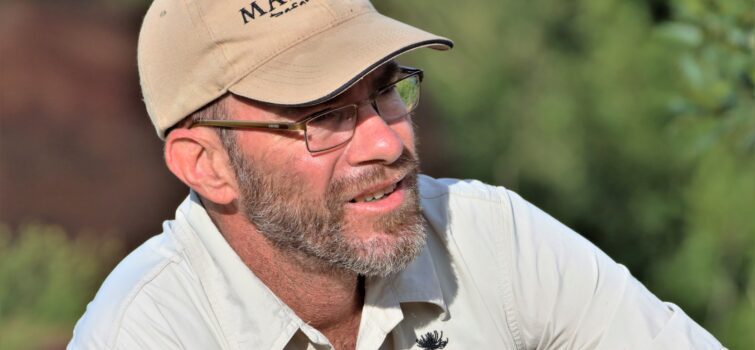JUST ASK US: We see quite a few open areas on the Reserve suddenly appear, almost as Islands, what causes this?
Colin responds.
An open area may form naturally in any wooded area for various reasons. Just one example is an area where a termite mound has ceased to exist. The remaining underground plant material the termites did not consume fertilizes what was a bare area and grass grows. Grazers happen upon the area and use it more and more, increasing the open area’s size and the quality of the grass thanks to their dung and the fact that their hoof action has aerated the soil.
There occurs on Welgevonden a large amount of what is termed “sour veld”, areas of grass that lose their palatability drastically in the non-growing season (in winter). The reason for this is that to begin with, the substrate (the soil) is of a course texture and does not hold water very well. An area where sour veld is found also has a relatively high rain fall. Both factors contribute to the fact that nutrients are leached from the soil, so causing the loss of palatability.
The conservation management of Welgevonden increases the size and the grazing quality of these open areas. This they do by cutting the grass – in effect the same as having a healthy number of animals cropping the grass. As all men know: the more one shaves, the thicker his beard grows! Modifying these areas is an effort to improve matters for the grazers during winter, and is in fact working along the ecological groove, so to speak. More healthier grazing for animals such as zebra and wildebeest means healthier populations of both, and so more prey for the lion population. Making more open areas also moves away from a monotone browsing environment, creating what is termed mixed veld. An area that is diverse can support more species and thus offer more opportunities for predators.

Photo: Neil Davison

